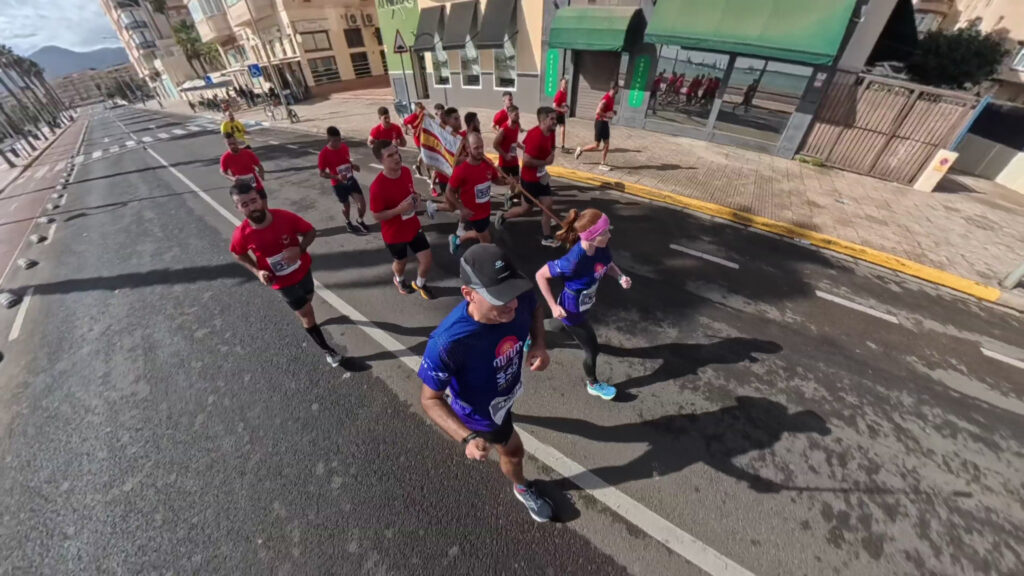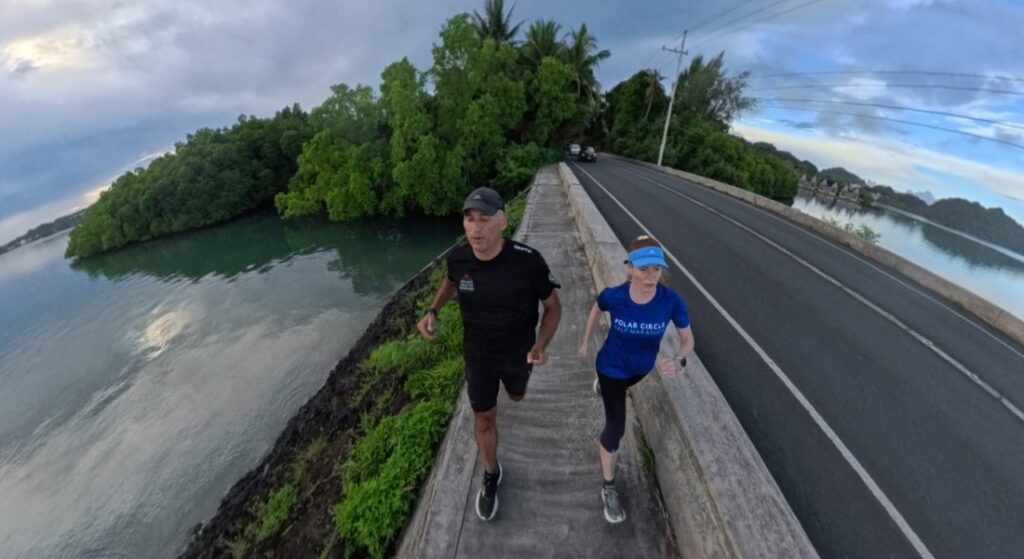La Guaira, Venezuela. May 2024.
To complete our first run in Venezuela, we dribbled families lazily returning to the parking lots and bus drivers shouting “Ca-ca-caracas!” to lure Caraqueños to board their buses after having enjoyed a day at La Guaira beaches.
TLDR; “too long, didn’t read”
- I just want to run! Take me to RUN.
- I have 1 minute. Take me to USEFUL INFORMATION.
- Running is my excuse for travelling. Take me to TRIP.
- I want to know what to read in the plane. Take me to ONE BOOK.
🌍 The trip 📷: what to see in La Guaira and around Caracas in one day
We arrived in Venezuela after a short flight from Panama with Copa Airlines.
Panama is the airport people from the States use when travelling to Venezuela, and in the airport anyone who was travelling from there, regardless of nationality, had to undergo an extra check.
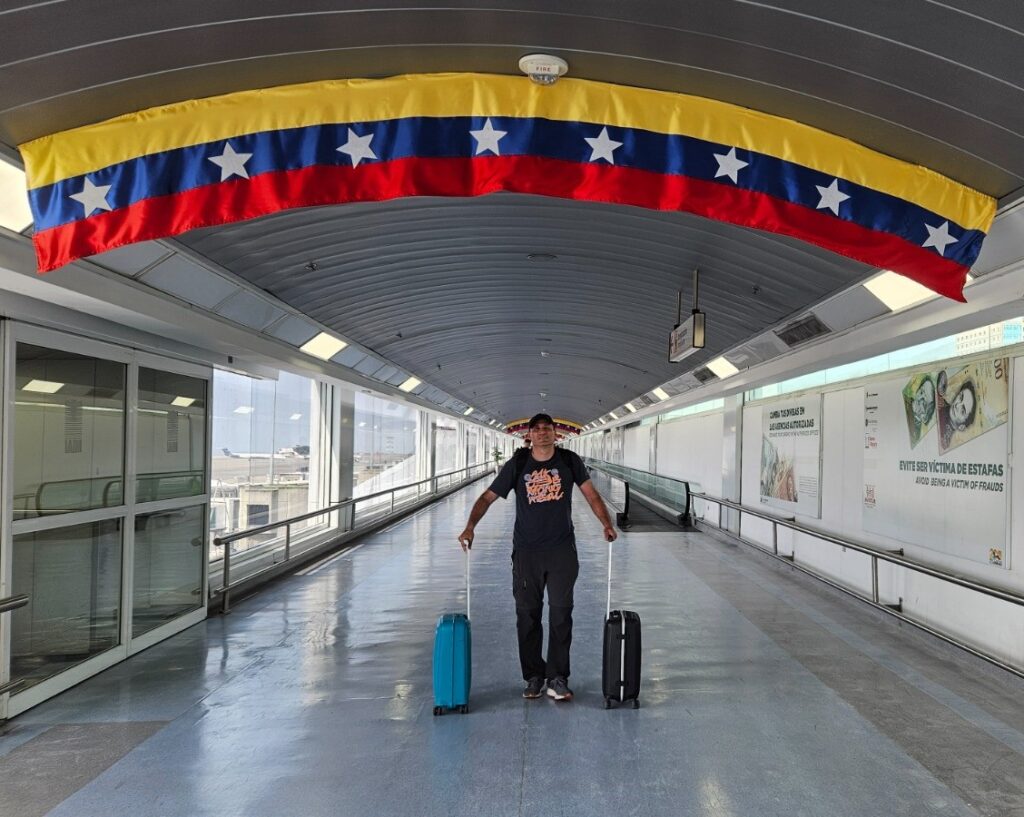
The airport lookind ghastly, despite of the multiple flags and the propaganda about Venezuelan Olympic champions.
Around Caracas, we saw two very different but equally interesting places: La Guaira and El Hatillo.
We spent our first day in Venezuela in La Guaira, which is located just 30 kilometers from the capital city, Caracas.
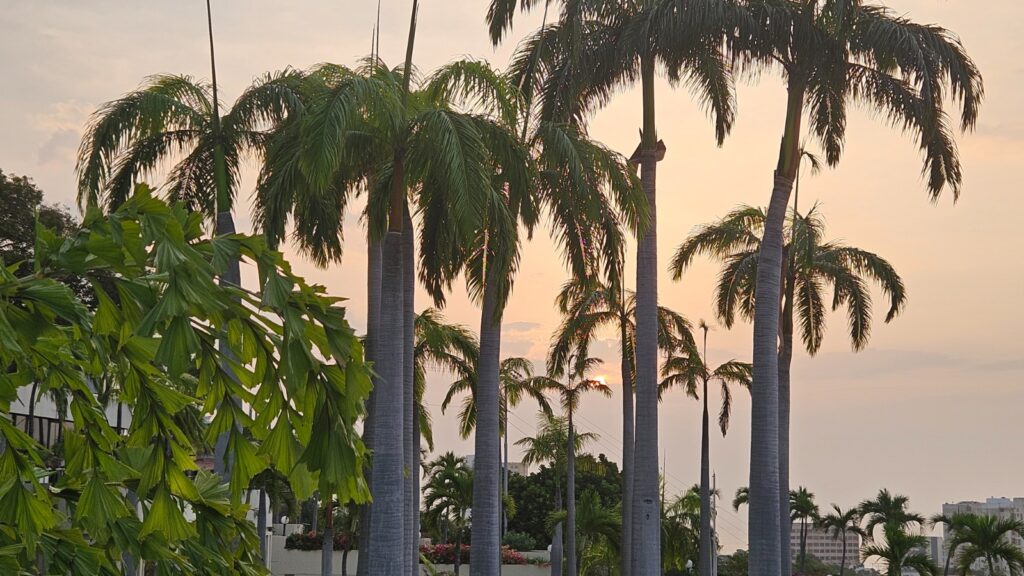
La Guaira is known for its stunning coastline along the Caribbean Sea, which we could enjoy from our hotel, with magnificent views:
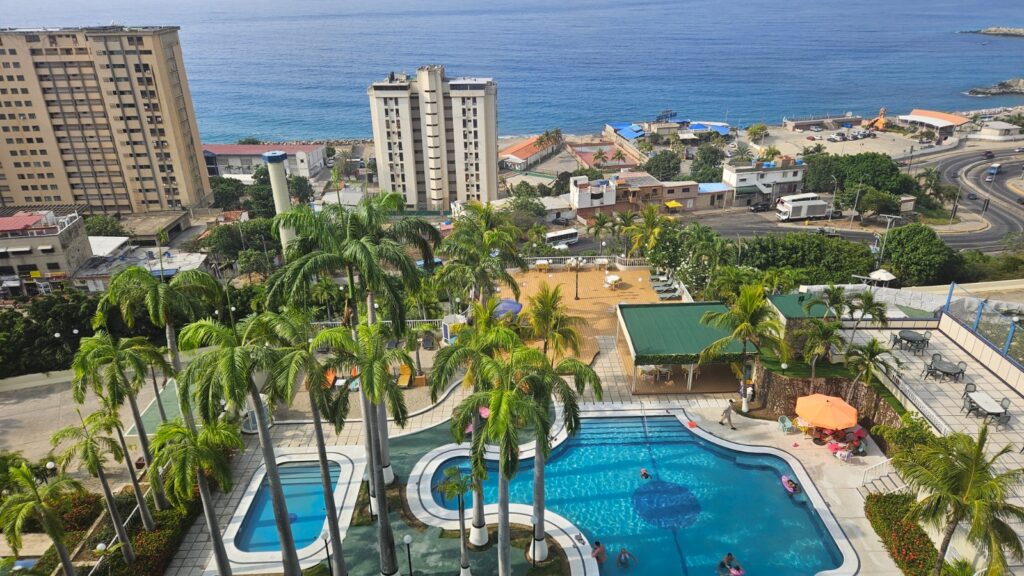
It was here, in La Guaira, where we ran. See section “The run” for more details.
El Hatillo
After our trip to Canaima, we visited another city which is very close to Caracas: El Hatillo. Nestled in the mountains near Caracas, El Hatillo offers stunning natural scenery.
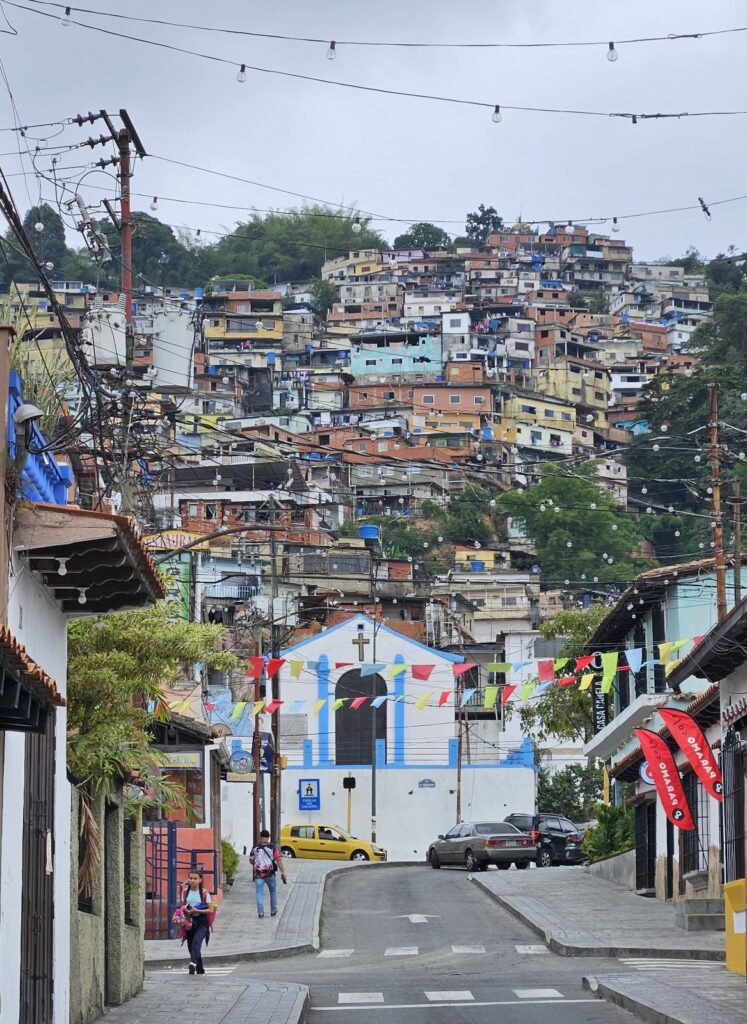
It is renowned for its well-preserved colonial architecture. I was pleasantly surprised by its colorful houses: and it was a Saturday, so people were walking in their cobblestone streets or relaxing in it spicturesque central plaza. Which, of course, it is named after Simon Bolivar…

Founded in the 18th century, El Hatillo has a rich history. I loved the colours of the Santa Rosalía de Palermo Church. Around it, the town’s historical center reflect its colonial past and provide insights into its development over the centuries.
🏃♀️ The run 🏃♂️
But it is more than that: as one of the oldest cities in Venezuela, La Guaira has a rich history. The city was founded in 1589 and played a significant role during the colonial era.
It was still hot when we went out, around 4:30pm.
Watch out!
We ran in a wide cement avenue in front of the beaches. Our first surprise was when we saw holes in the sewers without covers!! So dangerous! Were they stolen? The day after we would ask our guide and he thought it was due to heavy rains and floods…
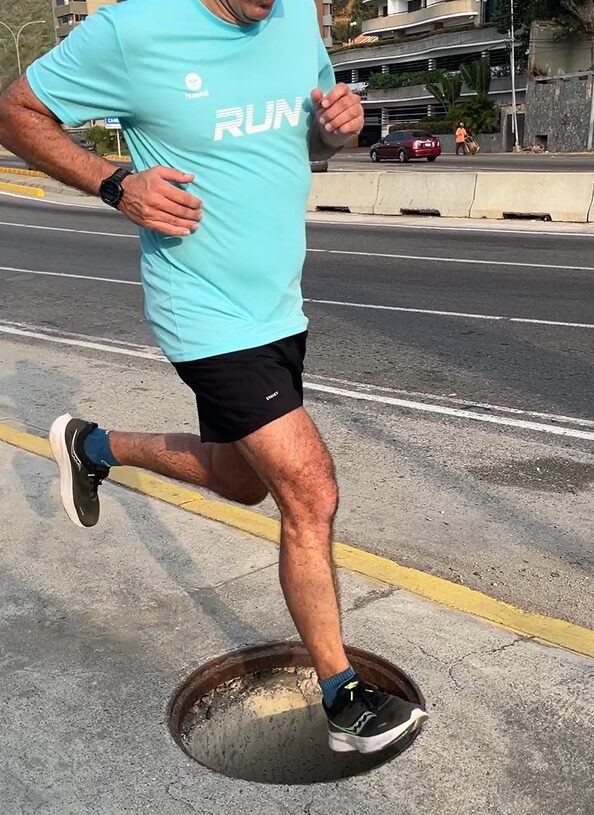
The beaches
We ran along numerous beaches. The route was flat but there was no shade. Only later we encountered some shadows, next to low palm trees.
On the other side of the paved path there was a polluted road, and the smell of CO2 mixed with that of fried food, coming from little shops on the sand.
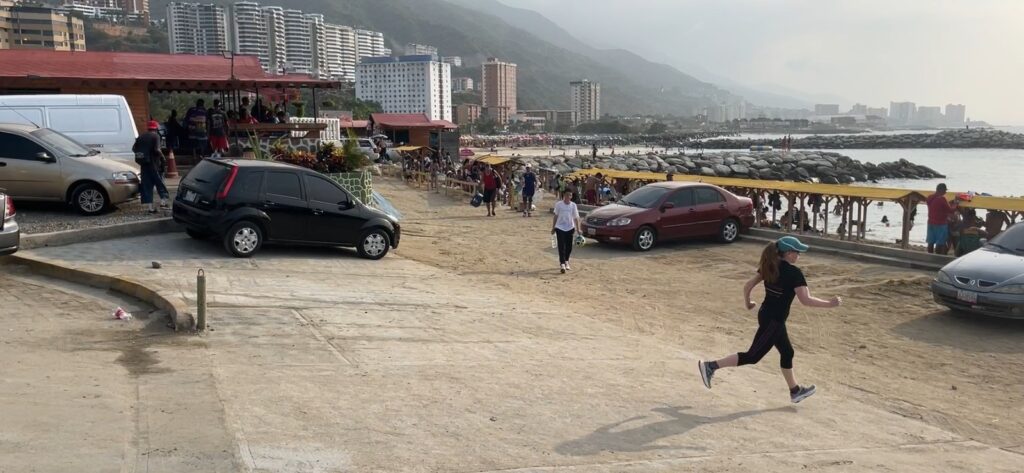
Not great, but it was still worth going out for a run, I thought. We were seeing the locals, the real life… not the oasis for tourits than the 5 stars hotel was.
A little further there were green mountains with thick clouds hanging above. It would be pretty if it weren’t for the shabby brick houses mounting up in the hills, or the somewhat abandoned grey skyscrapers in the foreground.
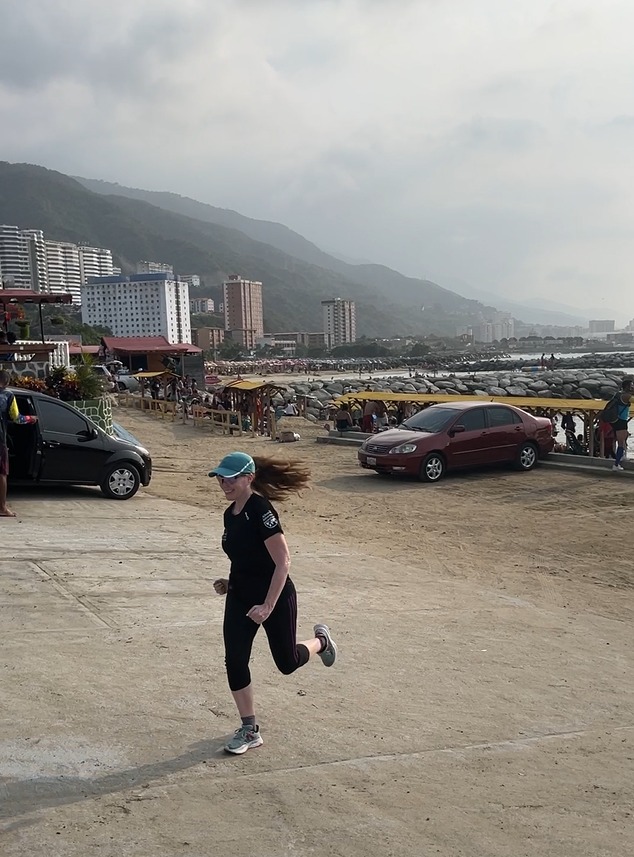
There was a lot of garbage but what caught my attention the most were groups of super tanned locals, without shirts or in bikinis but with caps, some with braids, sitting on plastic tables and chairs, improvising picnics, or on stalls with very very loud music.
The people
Most of them were getting ready to leave, because it was 5pm. A lot of guys were shouting “Ca ca caracas” to announce buses that went to the capital. Many wore sports fabric t-shirts with very tacky tropical motifs.
The trucks, some in ruins, others very well tuned, there is everything:
The ones decorated with Venezuelan flags and titles like “El maniatico” or “El cha”.

Entire families, still wet and very tanned, rush to climb.
We pass the first beaches, still very very full, with awnings and music everywhere, we arrive at the baseball stadium and next to it some young people do strength exercises on some very very precarious and rusty gym equipment.
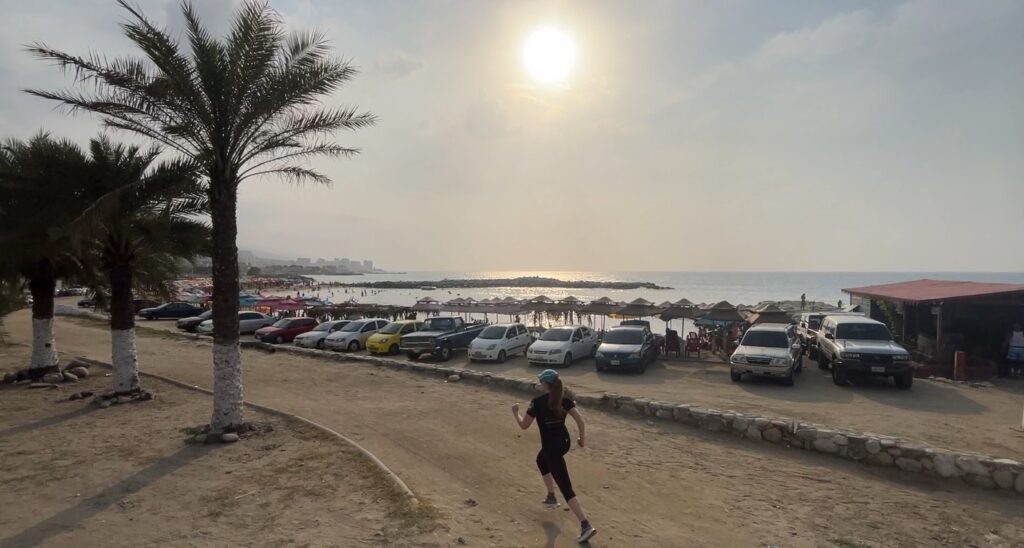
On the other side, a cement factory and a high-rise hotel that has seen better days. There are abandoned truck wheels and next to it a beach bar with families chatting and eating.
Everything seems to me like a Latin version of the Costa Daurada in the 80s, lunch boxes and nothing hip. Everything real, practical, cheap leisure.
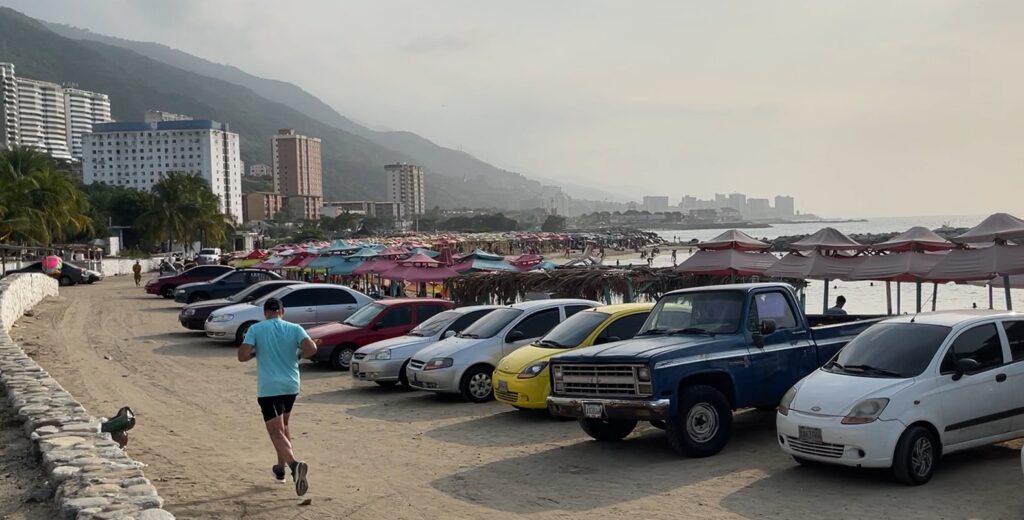
We make a video on the beach in San Luis and we continue, there is a soccer game in a stadium with mini stands, yes: with colorful seats, and the letter “G” of the team name also with colorful ones.
They are also collecting street vendors from the beach, some with palm hats.

We return. We haven’t seen a single tourist!

Useful information
🏃♀️ 5k route on a paved path along the beaches in La Guaira.
🌎 La Guaira, Venezuela – South America.
👟 Urban: bring shoes for asphalt. If you want to venture into the beach, you can run barefoot 🙂
✅ You get to see how locals enjoy their days in the Beaches, without any tourists.
✅ The route is wide and flat, and you can always refresh by going into the water.
❌ The climate is humid and hot.

Map


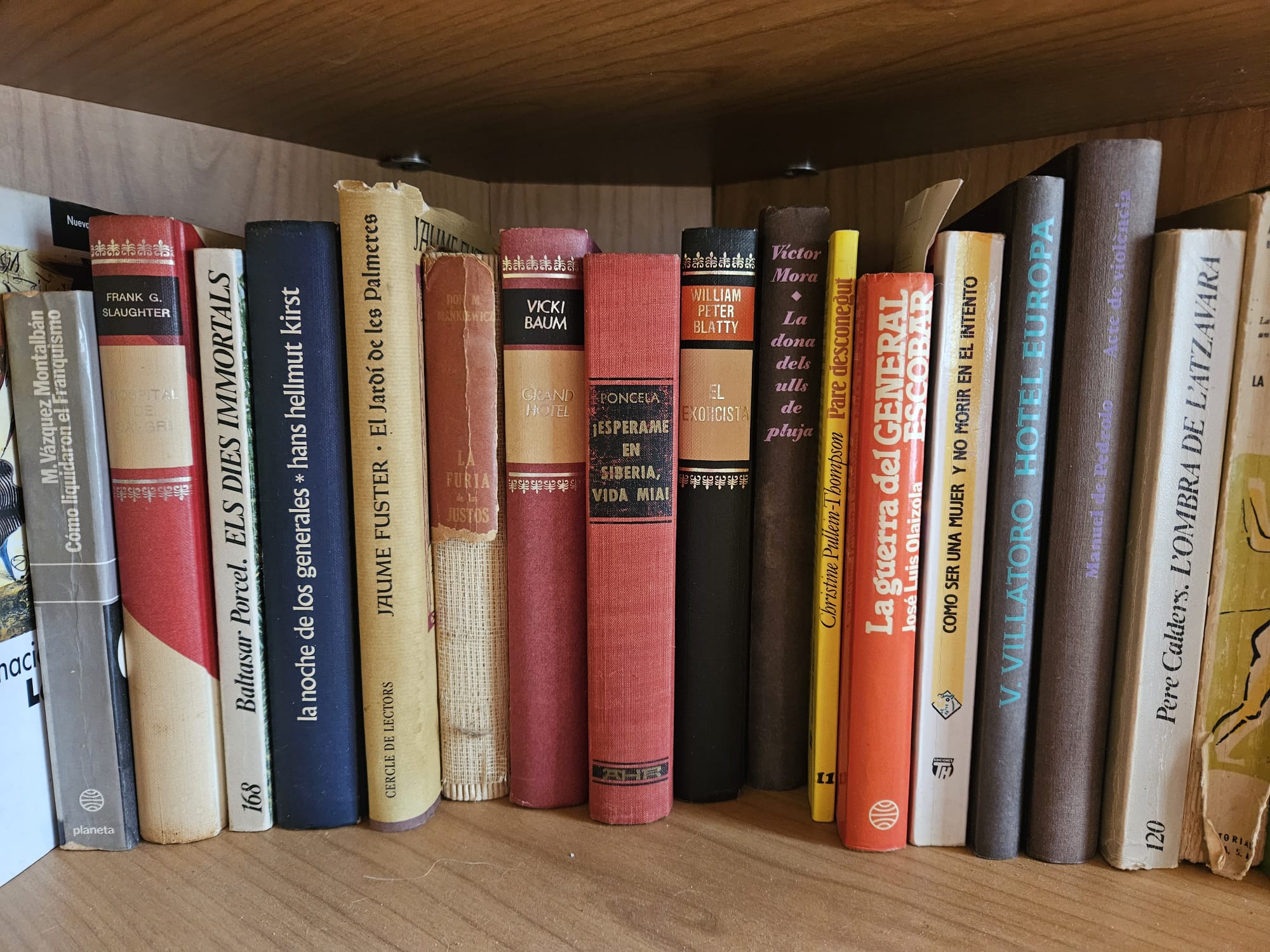
One book
“Iphigenia” by Teresa de la Parra.
Not many Venezuelan novels have been translated into English, but one of them is Iphigenia, which caused a stir when it was published in 1924 for giving a dissonant voice to a young woman who tries to rebel against the local machista elite into which she was born. It is the most famous work of Teresa de la Parra, a Venezuelan writer who, despite spending most of her life outside the country, focuses part of her work on portraying the Caracas society of the early 20th century. Iphigenia is notable for addressing the non-conformity of a woman and the veiled criticism of the elite.
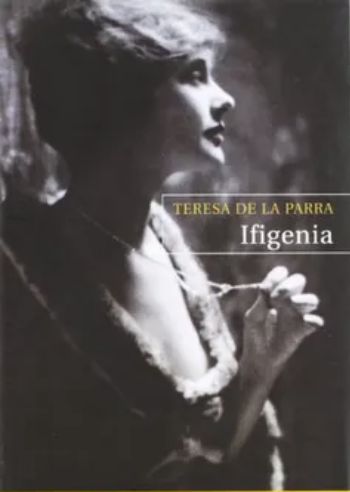
Teresa de la Parra was a pioneering Venezuelan novelist whose work often focused on the lives of women and social issues. Her novel “Ifigenia” is considered a classic of Venezuelan literature and offers a poignant portrayal of the struggles faced by women in Venezuelan society.


